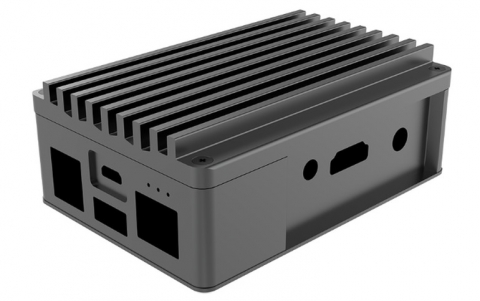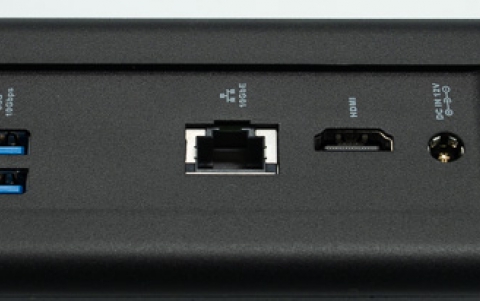
AMD TrueAudio Next Promises To Bring Realistic Audio to VR
As part of AMD’s LiquidVR technology initiative aimed at enabling a virtual reality experience, TrueAudio Next is a scalable AMD technology that enables real-time dynamic physics-based audio acoustics rendering. AMD TrueAudio Next uses Radeon Rays (formerly AMD FireRays) to enable the entire soundscape to be modeled physically, with more than 32 stereo 2-second convolution sources.
And today, AMD announced that the TrueAudio Next open-source library is now available on GPUOpen.
AMD claims that TrueAudio Next stands out from the crowd thanks to the Asynchronous Compute Engines enabled by Radeon GCN and Polaris graphics architecture.
It is a belief that using a GPU to render audio can cause too much latency, while also interfering with graphics performance. However, AMD says that TrueAudio Next has the ability to leverage the powerful resources of GPU Compute, allowing the GPU to accelerate audio rendering. This is mainly thanks to a core element of this technology: Compute Unit (CU) Reservation.
According to AMD, its CU Reservation feature "allows a limited set of CUs to be partitioned off and reserved for as long as is required, offering a flexible and predictable reliable audio acceleration solution – isolating audio usage from graphics usage."
AMD hopes that TrueAudio Next has the capacity to deliver spatially- and positionally-accurate audio to millions of consumers. "It enables developers to integrate realistic audio into their VR content in order to achieve their artistic vision, without compromise," AMD says.












